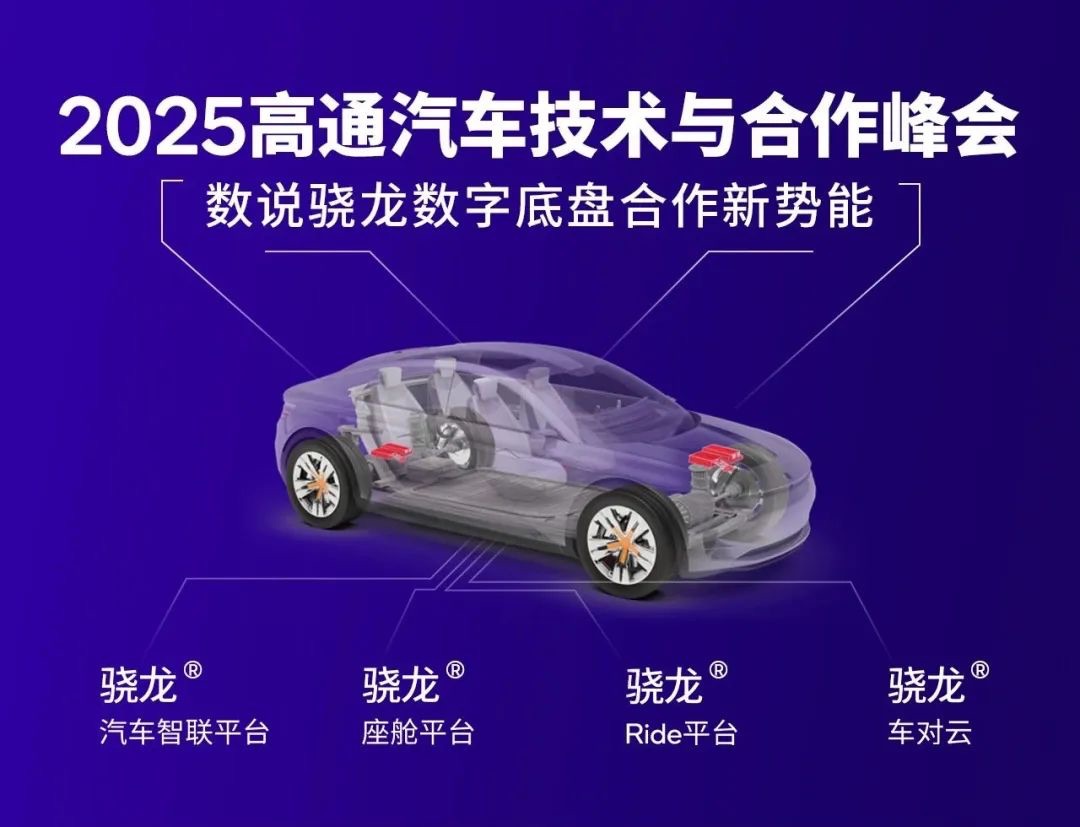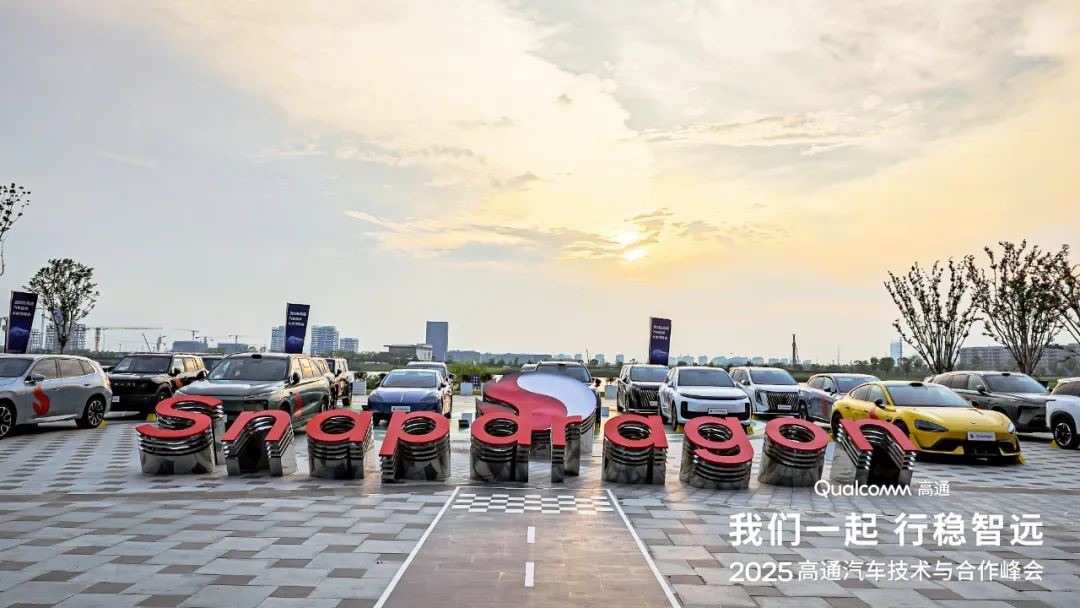Last week, at the XiaoMi launch event, Lei Jun showcased the electronic and electrical architecture of YU7—the third generation Snapdragon 8 mobile platform integrated with NVIDIA Thor within a domain controller.
In fact, many cars in recent years have adopted designs similar to the XiaoMi YU7. More integrated domain controllers reduce system complexity, lower power consumption, decrease weight, and lessen size… For smart vehicles, this is yet another revolution in electronic and electrical architecture.
In October last year, Qualcomm released the Snapdragon Cockpit Premium platform and the Snapdragon Ride Premium platform, both seeing a significant performance boost and the biggest advantage being the chip’s dual capability to execute intelligent cockpit and driving assistance computations.
This means the two most crucial chips for vehicle intelligence can be unified. Presently, Qualcomm is the only one capable of achieving this.

On June 26, at the 2025 Qualcomm Automotive Technology and Cooperation Summit, Qualcomm, together with partners, demonstrated the development momentum and latest achievements of the Snapdragon Digital Chassis product portfolio.
First up is the Snapdragon Ride Flex platform (8775 chip) released in 2023, Qualcomm’s first chip capable of simultaneously computing intelligent cockpit and driving assistance functions. According to multiple Tier 1 plans, the Snapdragon 8775 chip will begin rolling out in Q3 of this year.
At the 2025 Qualcomm Automotive Technology and Cooperation Summit, Dai Kangwei, Deputy Chief Engineer at BAIC Group, stated that BAIC, in collaboration with Carlink, Zhuoyu, and Qualcomm, will complete mass production and application of the cockpit-driving fusion system based on the Snapdragon 8775 chip by the end of this year.
However, the computing power of the NPU might not be Snapdragon 8775’s strength. The NPU has three computing power versions: 48 TOPS, 72 TOPS, and 96 TOPS (dense computing power). This level of computing power can essentially handle urban memory trips, but considering there are cockpit-related applications, the actual available computing power for driver assistance will be further compressed. Therefore, this chip is likely to be equipped in models emphasizing cost-effectiveness, further promoting the democratization of driving assistance technology.

After the Snapdragon 8775, the Snapdragon Cockpit Premium platform (Snapdragon 8397) and Snapdragon Ride Premium platform (Snapdragon 8797) are the highlights.
According to information released by Tier 1, the CPU computing power of the two Snapdragon 8X97 chips can reach 420 – 560K DMIPS, the NPU computing power can reach 160 – 320 TOPS, and the GPU computing power tops out at 8.1 TFLOPS.We directly compare it with the current most powerful in-car cockpit chip, the Snapdragon 8295, featuring a CPU computing power of 230K DMIPS, GPU computing power of 2.9 TFLOPS, and NPU computing power of 23/46 TOPS. This implies that the next-generation chip will see more than a twofold increase in CPU and GPU computing power, and nearly a tenfold increase in NPU.
In numerous Tier 1 demonstration programs, the AI capabilities of the 8797 chip enable it to locally run models with up to 14 billion parameters, achieving model speeds of 50 – 60 tokens per second.
For city-level assisted driving capabilities nationwide, such computing power is generally sufficient. Of course, for more ample computing resources, the use of dual chips presents a better solution.

On June 26, LEAPMOTOR CEO Zhu Jiangming announced that LEAPMOTOR’s next-generation central domain controller will be equipped with dual Snapdragon 8797 chips, debuting in the flagship D series, with mass production set for the first quarter of next year.
In fact, NVIDIA, another dominant player in automotive chips, has previously demonstrated smart cockpit applications based on the Thor chip. However, to date, no automakers have adopted the NVIDIA Thor solution for their smart cockpits.
Of course, this is not surprising, as in-car applications predominantly stem from the mobile ecosystem, making direct migration quite simple. This further signifies that Qualcomm’s chip ecosystem has established a protective moat for itself in the smart automotive industry.
This article is a translation by AI of a Chinese report from 42HOW. If you have any questions about it, please email bd@42how.com.
